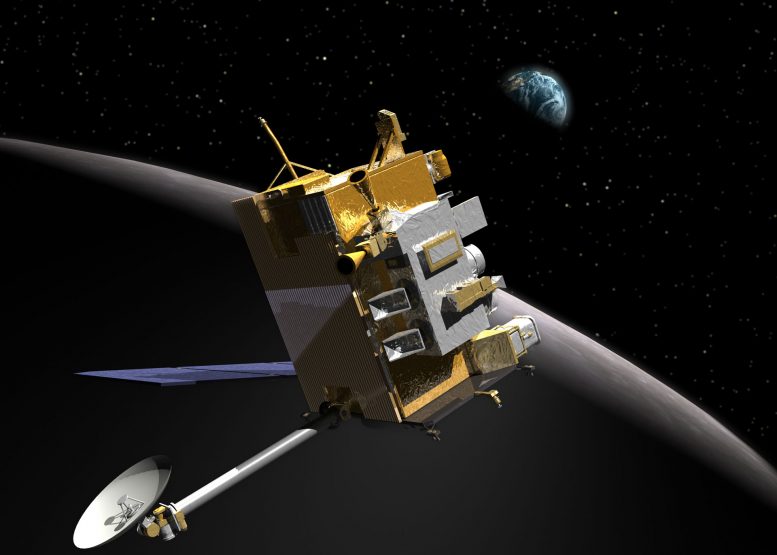

No serious and level-headed historian, researcher or space industry analyst doubts the moon landings, however. An annual worldwide celebration of lunar science and exploration. Some people have questioned whether NASA really went to the moon or if the whole thing was faked. The probe is expected to spend at least one year mapping the moon for future manned missions, as well as several more years conducting science surveys. And the pictures won't just serve as a record of our past presence on the moon, as scientists will be able to use the information in them to make topographic maps of the lunar surface at those sites.Ībout the size of a Mini Cooper car, the $504 million LRO probe, an orbiting satellite, launched toward the moon on June 18. The images of these sites are expected to show scientists how the sites have changed since the astronauts trod across them, whether there are any new craters and how the leftover human artifacts have fared in the lunar environment. "This is only a first glimpse," said Michael Wargo, chief lunar scientist at NASA Headquarters in Washington, D.C., "From now on, they're only going to get better."

"Sitting on the surface waiting for us to come back."Īs LRO gradually descends to a lower orbit, the images will improve and provide closer looks at the lunar landing sites. he adds that geologists have been using both the Lunar Orbiter and Lunar Reconnaissance Orbiter data to.

"Of course it was fantastic to see the hardware lying on the surface, and it was exactly as we expected it to be," Robinson said. NASAs Lunar Reconnaissance Orbiter, or LRO, has returned its first imagery of the Apollo moon landing sites. The first image of the Earth as seen from the moon taken by Lunar Orbiter 1 in 1966. The new image is part of new global map of the moon for future lunar exploration. A few more details can be seen in the image of the Apollo 14 landing site, taken only two days ago, including scientific instruments and astronaut footprints. NASA's Lunar Reconnaissance Orbiter probe has snapped the most detailed picture yet of the far side of the moon. (The remaining site, for Apollo 12, is expected to be photographed in the coming weeks.) The lunar modules for all of these sites imaged are visible as small dots their shadows can also be seen. The Apollo 11 landing site wasn't the only one that the LRO camera (dubbed LROC) photographed: It also snapped pictures of the landing sites of the other five Apollo landings. "Since the spacecraft, Earth, and moon are all in motion, we had to do some special processing to create an image that represents the view of the Earth and moon at one particular time," NASA explained on its website.The Indian and Japanese missions have also snapped images of the Apollo 11 site, but they don't have the high resolution of LRO's images, Robinson said. 12 from a distance of about 83 miles above the Compton crater on the far side of the moon.Īccording to NASA, the picture is actually a composite of images snapped by two cameras while the orbiter whipped by at a speed of 3,480 miles per hour. The image of Earth rising over the horizon, with the lunar surface in the foreground and the blackness of space behind, was taken Oct.

NASA has released a stunning new view of the Earth taken by the Lunar Reconnaissance Orbiter (LRO), an unmanned spacecraft that's been circling, analyzing and photographing the moon since 2009. 12, 2015, shows the surface of the moon in the foreground. LROC consists of two Narrow Angle Cameras (NACs) that are designed to provide 0.5 meter-scale. The Lunar Reconnaissance Orbiter has been in orbit around the Moon since. 6, showing extraordinary new details about three areas o. This Earthrise image, taken by NASA's Lunar Reconnaissance Orbiter (LRO) on Oct. The Lunar Reconnaissance Orbiter Camera, or LROC, is a system of three cameras mounted on the Lunar Reconnaissance Orbiter (LRO) that capture high resolution black and white images and moderate resolution multi-spectral images of the lunar surface. 23, 1966, NASAs Lunar Orbiter 1 snapped the first photo of Earth as seen from lunar orbit. New photos of several Apollo landing sites were released Sept.


 0 kommentar(er)
0 kommentar(er)
